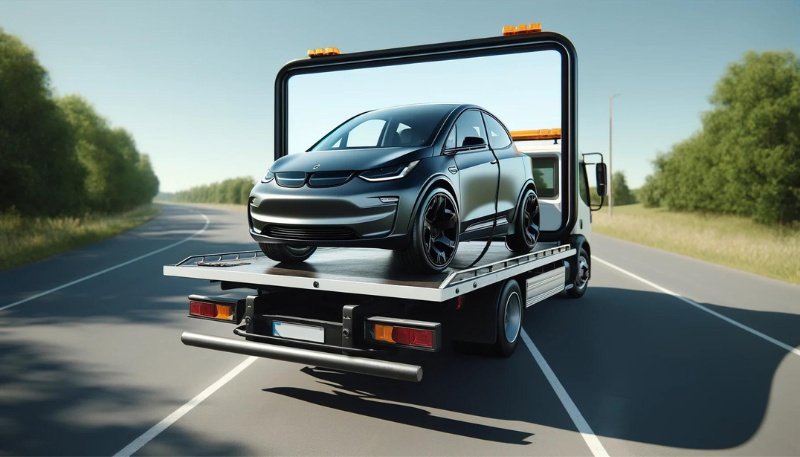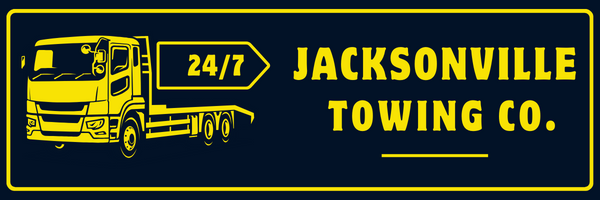Having your electric car towed requires special care. First, ensure the battery is charged. Always inform the towing service that your vehicle is electric due to its intricate regenerative braking systems.
For safety, insist on flatbed towing as it’s the safest method. If that’s not available, wheel lifts are a second option, but confirm they’re suitable for your EV.
Choose a towing service experienced with electric vehicles, and discuss costs and availability upfront.
Understanding EV Towing Differences
Towing an electric vehicle (EV) involves unique considerations and challenges compared to traditional gasoline-powered cars.
You must consider battery implications and regenerative braking concerns, which can significantly affect the process and your vehicle’s condition afterward.
When your EV is being towed, the battery’s state of charge is a critical factor. If your car’s battery is nearly depleted, towing it could potentially strain or even damage the battery if not handled correctly.
Inform the towing service about your EV’s specific needs to ensure they use the right equipment and methods without compromising your battery’s health.
Regenerative braking systems, which are common in EVs, can also complicate towing. These systems recover energy during braking and funnel it back to recharge the battery.
However, when an EV is towed, especially if the wheels are on the ground, it could engage the regenerative braking system unintentionally, leading to potential system damage or reduced control during the tow.
Understanding these key differences ensures you’re prepared and can advocate for the proper handling of your electric vehicle in a towing situation, safeguarding your investment and ensuring its longevity.
Choosing the Right Towing Method
Given the unique considerations for electric vehicles (EVs), not all towing equipment is suitable.
You must assess both the towing method and the equipment to ensure compatibility with your vehicle’s specifications.
Flatbed towing is often the safest option for EVs as it prevents wear and tear on the drivetrain by lifting all four wheels off the road.
This method eliminates concerns about aligning with the vehicle’s propulsion system, making it universally applicable regardless of road conditions.
However, in scenarios where a flatbed isn’t available, wheel lifts can be used, provided they’re compatible with your EV’s design and the manufacturer’s towing guidelines.
Preparing Your Electric Vehicle
Before you have your electric vehicle towed, ensure it’s adequately prepared to avoid any potential issues during the process.
First, check your vehicle’s charging status. If possible, fully charge your car before towing.
This step is important as it ensures your vehicle has enough power for essential functions, like unlocking the doors or shifting out of park mode, once it reaches its destination.
A fully charged battery can also prevent any additional strain on your vehicle’s electrical systems during the tow.
Next, pack an emergency kit tailored for electric vehicles. This kit should include essentials such as a portable charger, basic tools, and reflective safety gear.
Don’t forget to include charging cables compatible with various charging stations you might encounter. Having these items on hand can significantly reduce stress in case of unforeseen circumstances or delays.
Remember to remove personal and valuable items from the car before the tow.
Selecting a Towing Service
When choosing a towing service for your electric vehicle, it’s essential to pick one with experience handling such vehicles.
The right selection can make a significant difference in the safety and condition of your car post-tow. Here’s what you need to look for:
- Experience With Electric Vehicles (EVs): Ensure the towing service has specific experience with EVs. Their unique requirements, such as battery handling and the potential for regenerative braking systems, necessitate specialized knowledge.
- Towing Costs: Understand the cost structure upfront. Towing costs can vary widely, so it’s important to get a clear estimate before committing. Ask if there are additional charges for electric vehicles or after-hours service.
- Service Availability: Check if the towing service is available 24/7. You never know when you might need them, so their ability to respond at any time is helpful.
- Equipment and Techniques: Confirm they use flatbed tow trucks, which are often the safest option for transporting electric vehicles. Traditional tow trucks can damage EVs, particularly those with all-wheel drive.
After the Tow: Next Steps
Once your electric vehicle has been safely towed, take the appropriate next steps to ensure its ongoing care and maintenance.
The first order of business is to assess the situation and determine if your vehicle has any damage. If there is, you’ll need to file insurance claims promptly.
Documenting everything is key, so take photos and gather any evidence that could support your claim. This will streamline the process and potentially expedite your claim’s approval.
Next, consider your electric vehicle’s charging needs. If your car was towed due to a drained battery, finding charging solutions should be a top priority.
Research nearby charging stations, or if your vehicle is at a repair shop, inquire if they offer charging services.
Keeping your EV’s battery properly charged is essential for its health and longevity, so don’t delay in addressing this.
Lastly, stay in communication with your repair shop about your vehicle’s status. Ask questions, seek updates, and don’t hesitate to voice any concerns.
Taking these steps after the tow will help protect your investment and keep your electric vehicle running smoothly.

